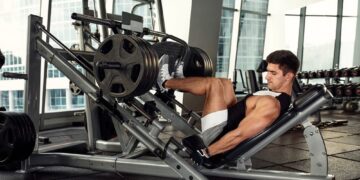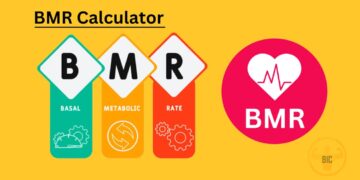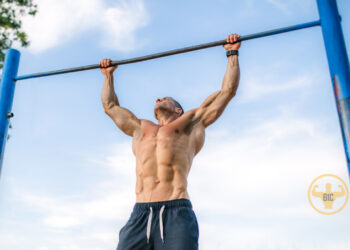KEY TAKEAWAYS:
- A Macrocycle is a training plan the covers an extended period of time.
- Macrocycle training is essential because it allows athletes to plan their development and peak performance strategically over a longer time frame.
- The main components of a Macrocycle are the preparation phase, the competitive phase, and the transition phase.
Introduction
In the ever-evolving world of sports and athletics, staying ahead of the competition requires more than just talent and hard work. It demands a well-structured training approach that optimizes an athlete’s performance potential. One such approach that has gained prominence recently is “Macrocycle Training.”
What Is a Macrocycle?
A macrocycle is a comprehensive training plan that covers an extended period, from several months to a year or more. It is the overarching framework for an athlete’s preparation, competition, and recovery phases. This training methodology isn’t limited to a single sport; it can be applied to various athletic disciplines.
The Importance of Macrocycle Training
Macrocycle training is essential because it allows athletes to plan their development and peak performance strategically. By breaking down the movement into different phases, athletes can address specific aspects of their performance, such as strength, endurance, and skill acquisition, at the right times.

Components of a Macrocycle
Preparation Phase
The preparation phase marks the beginning of the macrocycle. It focuses on building a solid foundation of fitness and skill. Athletes work on improving their baseline strength, flexibility, and cardiovascular fitness during this phase.
Competitive Phase
In the competitive phase, athletes fine-tune their skills and focus on their performance in competitions. This phase may involve adjusting training intensity and incorporating sport-specific drills.
Transition Phase
The transition phase follows the competitive step, allowing athletes to recover physically and mentally. It’s a crucial part of preventing burnout and injuries.
Creating an Effective Macrocycle Plan
Designing a successful macrocycle plan requires careful consideration of an athlete’s goals, strengths, and weaknesses. Coaches and athletes work together to set realistic objectives and create a step-by-step plan.
Periodization in Macrocycle Training
Periodization involves dividing the macrocycle into smaller, manageable training blocks, each with its specific focus. This systematic approach helps athletes peak at the right time.
Monitoring Progress and Adjustments
Regular assessments and feedback are crucial to ensuring the macrocycle stays on track. Coaches use data and observations to make necessary adjustments to the training plan.

Benefits of Macrocycle Training
- Improved performance
- Reduced risk of overtraining
- Enhanced recovery
- Strategic goal setting
- Increased motivation and focus
Common Mistakes to Avoid
Mistakes such as overtraining, neglecting recovery, and failing to adapt the plan to individual needs can hinder the effectiveness of a macrocycle.
Incorporating Nutrition and Recovery
Nutrition and recovery strategies are vital in supporting an athlete’s macrocycle. Proper fueling and rest are key to achieving peak performance.
The Role of Mental Conditioning
A strong mindset is as crucial as physical preparation. Mental conditioning techniques like visualization and mindfulness can give athletes a competitive edge.
Conclusion
Macrocycle training offers a structured and effective sports preparation and performance enhancement approach. By understanding its principles and tailoring them to individual needs, athletes can reach their full potential and achieve their goals.

FAQs
What sports benefit the most from macrocycle training?
Macrocycle training can benefit various sports, including endurance events, team sports, and individual disciplines. It’s adaptable to the specific needs of the athlete and sport.
How long should a typical macrocycle last?
The duration of a macrocycle varies based on an athlete’s goals and the sport. However, it commonly spans several months to a year.
Can beginners use macrocycle training?
Yes, beginners can use macrocycle training, but it’s essential to start with a well-structured plan and seek guidance from experienced coaches.
Are there any risks associated with macrocycle training?
Overtraining and burnout are potential risks if not managed correctly. Regular monitoring and adjustments are crucial to mitigate these risks.
What are some recommended resources for learning more about macrocycle training?
You can find valuable information on macrocycle training in books, online courses, and by consulting experienced coaches and sports professionals.
Incorporating macrocycle training into your athletic journey can be a game-changer. With careful planning, dedication, and the right support, athletes can unlock their full potential and consistently perform at their best.
If you want more exercises to add to your routine, supplement tips, or just a go-to source for everything in the fitness world, join our mailing list and keep checking back in for pro level advice at Bodybuilding Inner Circle, the pro bodybuilding blog.













































